Introduction to fruits to grow in aquaponics: By using nutrient solutions to grow plants, aquaponics combines aquaculture and hydroponics. Aquaponics involves the use of beneficial bacteria to grow plants and raise fish. It combines aquaponics, hydroponics, and plants grown without soil to grow fish and aquatic plants. The beneficial bacteria collect in the spaces between a plant’s roots and convert fish waste and solids into substances the plants can utilize. Aqua is derived from Latin, which means water, liquid, a solution, or anything in the water. phonics is derived from the Greek word protein, which means “to labor.”
Guide on top 12 fruits to grow in aquaponics, best way to start an aquaponic fruit garden and Tips for choosing aquaponic fruits
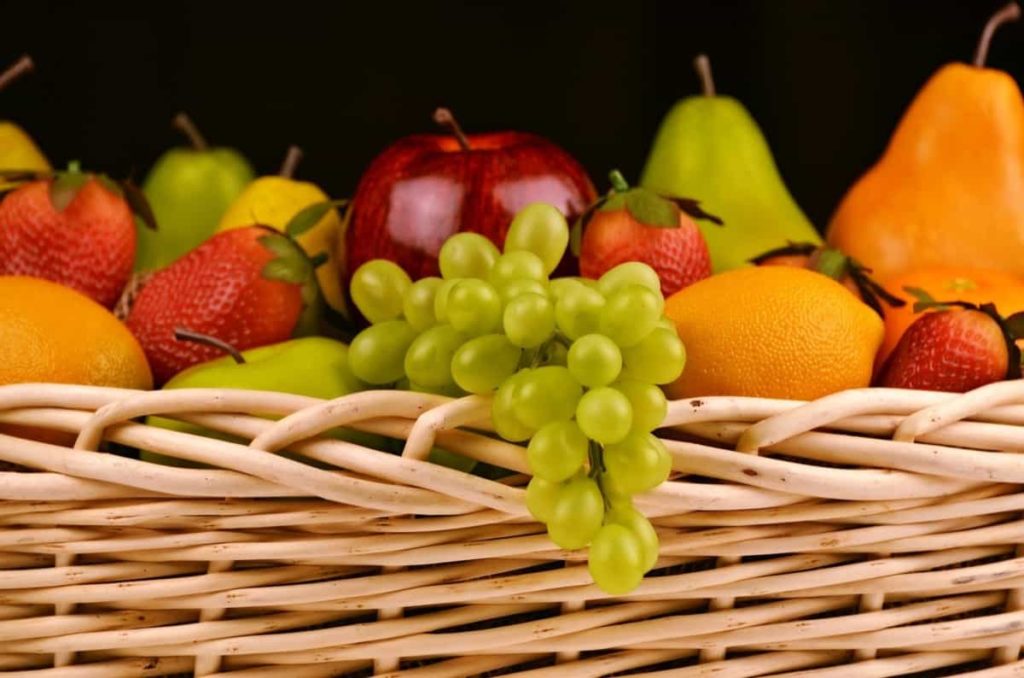
Different types of aquaponic systems
- Deep Water Culture (DWC)
- Nutrient Film Technique (NFT)
- Media bed or Grow beds
Deep Water Culture (DWC)
The plant’s roots are suspended in nutrient-rich water during this method. Plants can be arranged in rafts floating on water, so they are visible from above. Foam rafts are floated in a fish effluent water channel filled with fish waste. Plants filter the water. In the holes of the rafts, plants are planted. These are used for growing salads. Usually, large commercial farms use them.
Nutrient Film Technique (NFT)
The roots of these plants are just touching the water’s surface. Although it may not seem like much, this method has many advantages over other methods. These plants are grown in inert media like shale or clay pellets. The media provides biological filtration, in which ammonia is converted to nitrates. Solid wastes are also removed through mechanical filtration using the media. Homeowners use this method.
Media bed or Grow beds
Ingrown beds, the roots of plants can hold onto substrates such as gravel, hydro ton balls, or other substrates. As opposed to soil, the growing medium provides support rather than nutrients to the plants. Instead, water rich in nutrients flow through PVC pipes. Holes are created in the pipes to keep plants alive. By using this method, you can grow herbs and strawberries that need little or no support.
Benefits of aquaponic fruit garden
- It is possible to create this system in your indoor space
- Water consumption will be reduced by almost half
- Hydroponics produces high yields
- Less fertilizer will be required
- Home-grown plants can be grown anywhere, including the basement. Indoors as well as outdoors, are excellent choices
- Due to the absence of soil, there is no need for weeding. As a result, the plants grow more quickly
In case if you miss this: How To Grow Tamarillo From Seed, Tips, Techniques
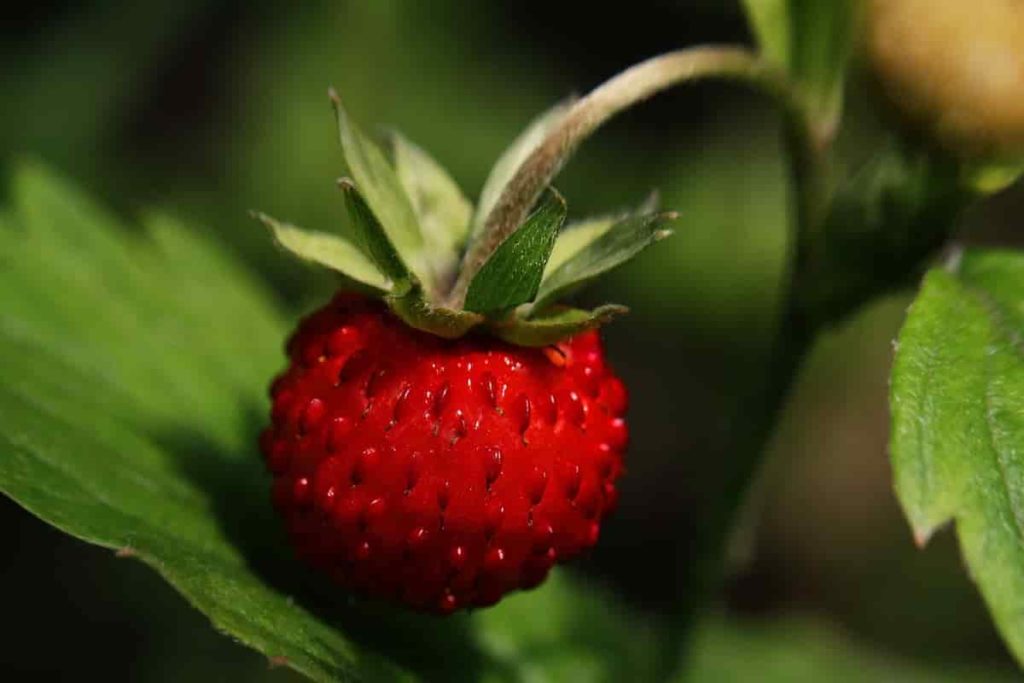
The components of an aquaponic system
An aquaponics system consists of the following components.
- In the Fishtank
- The mechanical filter
- Biological filter
- Medium of growth
- Summarize
- Fishes
Aquaponics system elements:
Fish: An aquaponics system would not be complete without fish. Properly selecting the fish to raise in your aquaponics system is essential since they serve as natural fertilizers. Knowing what type of fish is best for your system is crucial to the success of your aquaponics system. The following factors should be considered when selecting fish for your system:
Purpose: Do you want your fish to provide food for your plants, in addition to providing food for your plants? In your aquaponics system, start by growing a few fish for recreation, like goldfish, or for food, like tilapia. You can then expand to a larger scale after gaining experience and skills.
Temperature: The water temperature requirements of different fish differ. If you want your fish to thrive, you must ensure that they adjust to the weather and temperature. Some fish prefer cold water, such as trout, while others like tilapia prefer warm water.
Crops are to be grown: For fish to thrive, they need to be fed at the same temperature as the plants. As a result, make sure your plants and fish have the exact temperature requirements.
The difficulty of maintenance: Choose a fish that can live in dirty water and is immune to parasites and disease if you don’t want to put much effort into maintaining your aquarium. While some fish are hardy and do not require much care, others are delicate and expensive. On the other hand, a beginner can raise tilapia and koi quickly.
Plants: Aquaponics systems can grow many types of plants, so picking which ones to grow is a lot of fun. However, different plants require different care and thrive in different environments. Therefore, making the right choice in aquaponics plants is crucial to your system’s success and harvest. In aquaponics systems, lettuce, tomatoes, peppers, basil, and cucumbers are the most common plants. Choose the right plants for your aquaponic system. However, you are not limited to these types of plants. Aquaponic systems allow you to grow just about any plant.
Bacteria: Fish and plants thrive in aquaponics systems when beneficial bacteria are present. Consequently, bacteria are crucial to the aquaponic process. The bacteria convert fish waste into nutrients for plants through a process called nitrification. Organic compounds are converted to nitrites and then to nitrates through nitrosation. Nitrosomonas carry out this process. Nitrite is first formed from ammonia. Afterward, the Nitrobacter converts nitrites into nitrates. Plants can absorb them once they have been converted into nitrates. In the aquarium, the fish tank, and the biofilter, these bacteria can be present.
In case if you miss this: Plant Care Tips, Ideas, and Techniques
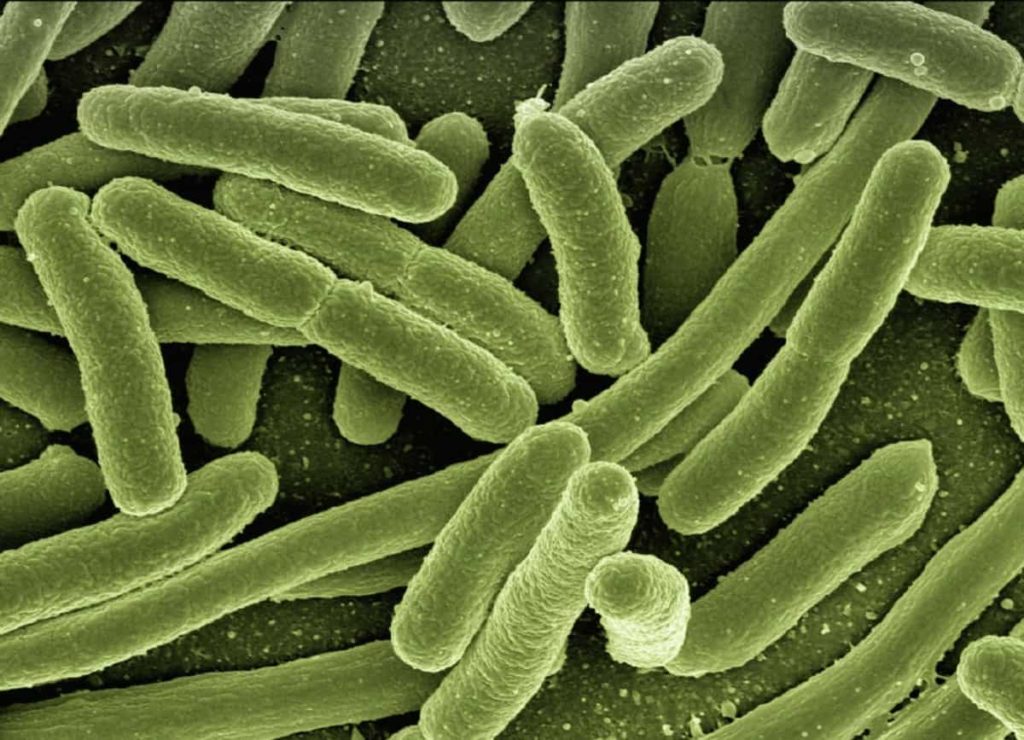
Pathogenic bacteria: Pathogens found in fish are rarely transmitted to humans. Nevertheless, food-borne illnesses can occur in aquaponics as well. Unfortunately, small farms and backyard gardens rarely produce enough food to require regular testing. These are the best practices for keeping your system healthy:
- Do not let animals other than fish (dogs, cats, rodents, birds) into your system
- It would help if you learned how to keep your fish healthy and follow those measures.
- Make sure your food is clean before you eat it
Fish tanks: Fish live in the fish tank, so choose a fish tank that will keep your fish healthy and ensure the smooth operation of your aquaponics system. You can utilize recycled bathtubs, stock tanks, IBC tanks, and recycle barrels as fish tanks if you do a do-it-yourself project. The selection of fish tanks is crucial to the design of a system. Among the most critical factors are: Species need to be housed in tanks that are large enough. Rectangular tanks are rarely suitable because solid wastes can collect and rot in corners. Fish tanks that are round are preferred. It is ideal to have a central drain in the bottom of the tank or to configure the tank so that solid waste can flow out quickly. However, it is difficult to handle “poop slurry” produced by mechanical waste removal, and at best, it is tedious.
- Make sure your fish tank is durable, waterproof, and strong enough to withstand water pressure
- Fish tanks need to be inert, non-toxic, and food-safe
Grow beds: The base of your aquaponics system is your grow bed. Your aquaponics system revolves around the choice of your grow bed, as this is where your plants grow. Aquaponic systems need to be balanced for success. The ratio of fish waste production to biofilter performance needs to be balanced, and the plants that take in nutrients from the water. In general, you should start with a 1:1 ratio between the fish tank and grow bed. If you want to ensure balance and sufficient filtration, the total volume of the grow bed should equal the total volume of the fish tank. Once you’re ready for a more comprehensive system, you can expand.
The best way to start an aquaponic fruit garden
What kind of system will you use: An aquaponic system based on media, NFT, and rafts might be appropriate? Depending on these, the root structure of the plants will be different. For example, floating rafts work best for plants with small root structures, while grow beds work best for fruits.
Requirements of plants: When choosing plants and fish, choosing ones with similar pH ranges, water requirements, and temperature requirements is essential. In this way, you can ensure that your pH, water, and temperature are within the range accepted by plants and fish.
Environment: Growing a healthy plant depends on the amount of sunlight, temperature, and rainfall. If you choose to grow fruits outdoors, pick varieties that will thrive in your climate. Plants that grow well indoors or in a greenhouse usually do well with limited or artificial sunlight. You can also reduce the cost of maintenance by selecting a plant that thrives in your climate. You can grow the following crops in a warm or cold climate. Choose the few aquaponics plants you prefer and follow the climate requirements, or use a greenhouse to regulate the temperature.
Space is available: It refers to how much space you have in your system. The amount of space required by each plant is different. Make sure you choose the plants carefully based on how much space they need.
Amount of fish in a fish tank: You must consider the fish to plant ratio in your system. The more fish you grow, the more plants you’ll need to absorb all the nutrients from the fish waste.
In case if you miss this: Pansy Flower Gardening for Beginners, How To Start
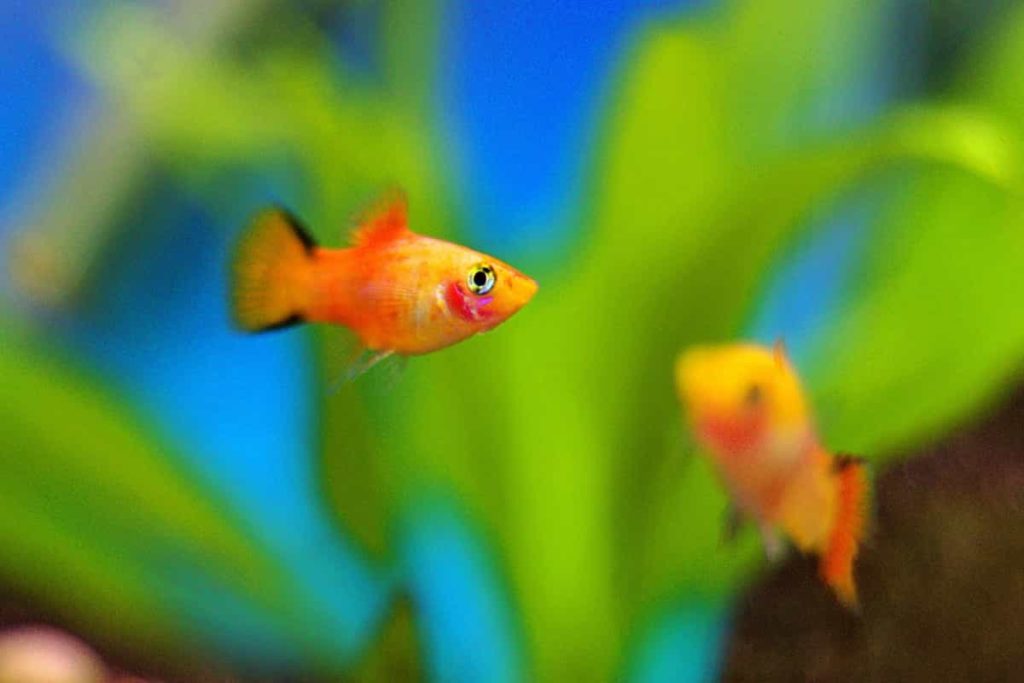
How you want to grow: Aquaponics gardening has a better chance of succeeding when growing plants for consumption or use. Deciding on what plant to grow in your aquaponics system will be easier if you think about what you want to achieve in your system.
Top fruits to grow in aquaponics
Pineapple: It’s hard to beat having your home-grown pineapples, even though it’s tricky because the temperature and surroundings must be perfect. Due to their nutritional requirements, size, and how long it takes them to grow fully require a comprehensive aquaponics system.
Strawberries: Strawberry cultivation is the most popular aquaponic fruit. There are numerous species to choose from, and many of them can grow all year round. It is even possible to harvest strawberries every month in some aquaponic systems. For strawberries, water temperatures should range from 65°F to 80°F, and pH levels should range from 5.6 to 6.5
Pomegranate: Despite being less known, the pomegranate plant is another delicious fruit that is very well in aquaponic systems. Unlike other popular aquaponic fruits, such as blueberries, this fruit is even easier to grow. Pomegranate water needs to be between 65° and 80°F, with a pH level of 5.5 to 7.0. Each day, it needs about four to six hours of sunlight.
Blueberries: Because of their difficulty level, they are often overlooked by aquaponic gardeners. However, the plants don’t start producing fruit right away. For blueberries, maintain the water at 72°F to 74°F with a pH of 4.5 to 5.0. Make sure they receive between 12 and 16 hours of light each day.
Dwarf Fruit Trees: If you believe it or not, most fruit trees can be grown aquaponically in dwarf form. However, they need a lot of time and patience. Dwarf trees need water with a temperature of 68°F to 72°F and a pH level of 5.5 to 6.5, on average. Furthermore, they need between 12 and 16 hours of light a day.
Blood Oranges: Blood Oranges are blood-red varieties of Oranges. It is usually about the size of an orange, but sometimes it can be larger or smaller. It is because a family of antioxidant pigments called anthocyanins produces their dark, blood-red color. Blood Oranges and Oranges, in general, are not the most popular choice for commercial production. Oranges travel well, which makes them less popular. Markets are always filled with them so that you can expect intense competition. The initial cost of aquaponic OrangeOrange growing is too high, resulting in a profit of little to none. However, you will taste the best Oranges ever if you plant them for your consumption.
Tangerine: It is sometimes considered that Tangerine is a sort of mandarin Orange. The color is orange, but smaller in size. Oranges are considered to have a more robust flavor and a sweeter taste and to be less sour. The peak season for Tangerines is from early autumn to early spring. In addition to salads and desserts, fruits are used for main dishes. Moreover, the peel is used fresh or dried as a spice in drinks and baking. Planting tangerines in aquaponics can lead to four-foot-high plants that are highly productive.
In case if you miss this: How To Start Backyard Vegetable Garden In Africa
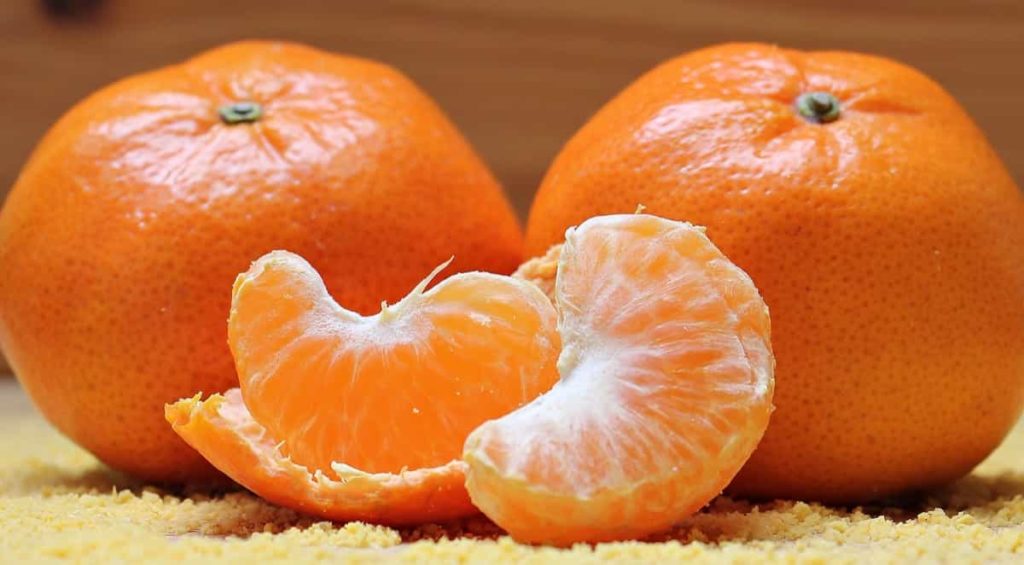
Grapefruit: Fruits of the grapefruit tree are subtropical citrus trees, and the fruit has a semi-sweet to sour flavor. In Barbados, grapefruits were accidentally crossed with pomelo and sweet oranges. Grapefruits have clusters of fruit as they grow on their trees, similar to grapes. Currently, it is a popular fruit used in several drinks. The grapefruit in aquaponics usually grows smaller, is less tart, and is pinker than the average grapefruit tree.
Key Lime: Compared to Persian limes, key limes are spherical, usually more acidic, seedier, smaller, and more intense aroma. The flavor and aroma of key limes are highly coveted. It grows on shrubby trees that can reach 5 meters in height and are thorny. Adding key limes to citrus and salty drinks is the best way to use aquaponics. The taste and aroma of vital limes are generally more intense than regular ones.
Cantaloupe: Cantaloupes are very delicious fruits that weigh between 0.5 and 5.0 kilograms when completely ripe. Cantaloupes are the most common melon in North America today. Due to their tropical heritage, they require warm temperatures throughout an extended growing period. Compared to the average cantaloupe, aquaponic cantaloupe has a much better taste. There is usually a four-fold increase in sweetness, and it always contains more nutrients.
Watermelon: Watermelons are plants that grow like vines. It is a type of berry that does not have internal divisions and has a rugged exterior. Watermelon has a red interior that is juicy and delightful. Recent breeding efforts have produced seedless strains of watermelon with only soft, white seeds that are digestible. The watermelon can grow to enormous proportions in an aquaponic system. However, their weight requires substantial support systems, a greenhouse, and several months of full sun to produce a crop, so they are not for beginners. Care must be taken, especially with pollination.
Bananas: Aquaponics also produces bananas, another common and popular fruit. A banana is a berry. A variety of herbaceous flowering plants bear the fruits, which hang in clusters. Colors range from green to yellow to red to brown to purple. However, bananas don’t require a definition. These fruits are among the tastiest and most popular in the world. Those grown correctly in aquaponics produce bananas much faster than those that are usually planted. The easy growth of bananas in aquaponics systems makes bananas popular among aquaponic enthusiasts. You do, however, have a downside that can ruin your entire aquaponic system. Banana roots have a lot of power. They can keep pushing through the muscular walls of a growing bed until they break through. The roots of banana trees can be seen penetrating through walls and buildings.
Tips for choosing aquaponic fruits
- You should grow fruits that you will eat
- The fastest-growing plants with low nutrient demand in an aquaponics system are grapefruits, oranges. Afterward, you can plant more giant fruits like tomatoes and strawberries
- It is essential to choose plants that thrive in your climate and follow the seasonal planting guide for your area when choosing what fruits to grow
- Remember that plants need plenty of space to grow to not compete for nutrients, so give them plenty of space
- When planting seedlings, always be gentle. A new plant may require a few days to adjust to its new environment because of its sensitive roots
- Wash the soil out of the roots of the plants very gently to avoid introducing pathogens into your body
- Your plantings need to be organized such tall plants, such as tomatoes, are placed on one side of the beds rather than shading smaller ones
- Young seedlings need to be planted at dusk to acclimate to the new environment before the morning sun
- If you want to avoid harvesting the entire crop at once, it is best to stagger the planting. As a result of harvesting plants, the nutrient levels will drop, causing nutritional problems for the fish. Staggered planting also allows for continual harvesting and transplanting of crops and helps to maintain constant nutrient uptake and water filtration
- If harvesting plants ultimately, make sure the roots are removed. Eaves and roots can cause disease in the system
- Recycle your plant wastes by placing the discarded roots in a compost bin
- Use a sharp knife when harvesting plants
- You should ensure that the aquaponics water does not wet the leaves of the harvested plants to prevent bacterial contamination. As soon as the plants have been harvested, please place them in a clean container and wash them immediately to maintain freshness
In case if you miss this: Bitter Gourd Seed Germination, Time Period, Procedure
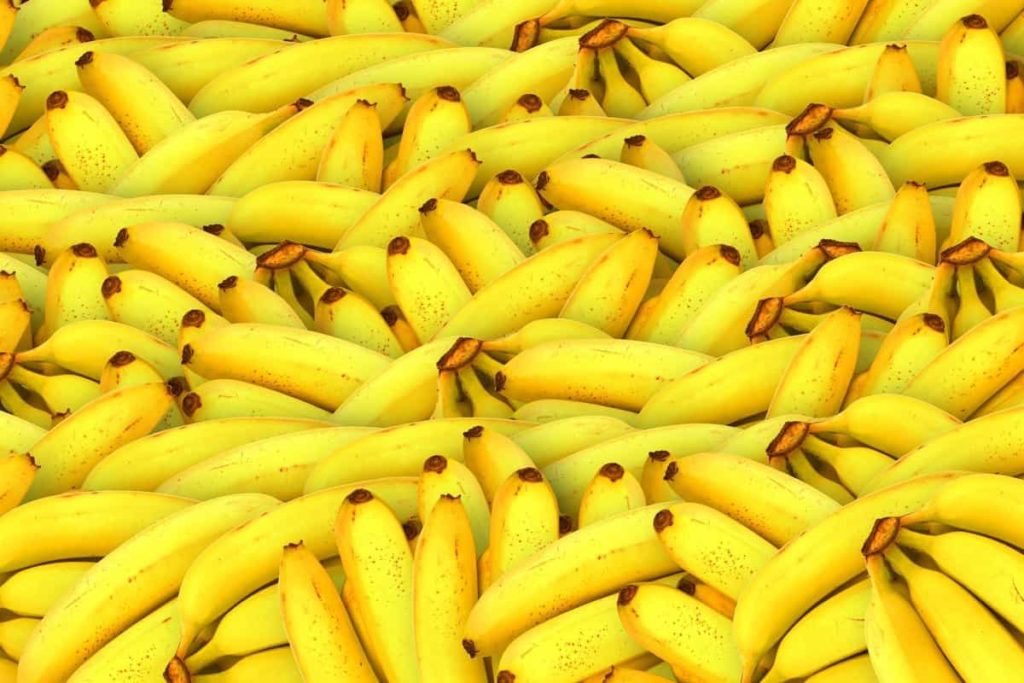
- How to Grow Hibiscus from Flower
- Plantation Ideas for Home Decoration: A Beginners Guide
- Flower Garden Designs and Layouts for Beginners
- Planting and Spacing Techniques in Papaya: A Beginner’s Guide
- Growing Gold: Essential Techniques for Planting Pineapples
- How to Make Kalanchoe Plant Bushy: Home Remedies and Solutions
- 11 Reasons Why Your Gardenia is Not Blooming: Home Remedies and Solutions
- Eco Elegance: The Guide to Designing a Drought-Tolerant Landscape
- Gardening on a Slope: Strategies for Hillside Landscaping
- Nourish and Flourish: Top Organic Mulches for Thriving House Plants
- Everything You Want to Know about Indian Mogra Flower: Discover Uses and Growing
- Green Thumb Success: Expert Tips for Cultivating Greenhouse Pumpkins All Year Round
- Maximize Growth & Flavor: The Ultimate Guide to Companion Planting in Herb Gardens
- How to Control Rhododendron Problems Naturally: Home Remedies and Organic Ways to Fix Them
- Natural Magic: The Remarkable Benefits of Cinnamon for Plants
- Best Steps to Revive Dying Tulip with Natural and Organic Treatment
- 10 Reasons Why Your Angel Trumpet is Not Blooming: Remedies and Treatment
- How to Fix Periwinkle Leaf and Flower-Related Problems: Natural Remedies and Solutions
- How to Fix Zinnias Leaf and Flower Problems: Discover Natural and Home Remedies
- Organic Steps to Induce Lemon Tree Flowers: A Comprehensive Guide
- Bloom Booster: Crafting the Perfect Homemade Bougainvillea Fertilizer
- Optimizing Growth: A Guide to Applying NPK Fertilizer for Potted Plants
- 10 Best Homemade Fertilizers for Rubber Plant: DIY Recipes and Application Method
- How to Boost Female Pumpkin Flowers: Effective Steps for More Flowers and High Yields
- Transform Your Indoor Garden: Top Benefits of Pink Salt for Houseplants
- 10 Best Homemade Fertilizers for Peacock Plants (Calathea): Easy DIY Guide
- Unlock Blooms: 9 Reasons Why Your Potted Chrysanthemum is Not Blooming
- 8 Reasons Why Your Potted Hibiscus is Not Blooming: Fix it with Simple Solutions
- Unlock Blooms: 9 Key Reasons Your Potted Frangipani Won’t Flower
- 10 Reasons Why Is My Ice Plant Not Blooming: Remedies and Treatment
- 10 Reasons Why My Potted Hydrangea Not Blooming: Treatment and Remedies
- 10 Reasons Why is My Wisteria Not Blooming: Remedies and Treatment
- 10 Reasons Why is My Goldfish Plant Not Blooming: Remedies and Treatment
- Maximize Your Space: Ultimate Guide to Balcony Gardening with Grow Bags
- 10 Reasons Why Your Iris is Not Blooming: Remedies and Treatment
- 10 Reasons Why Your Anthurium Plant is Not Blooming: Treatment and Remedies